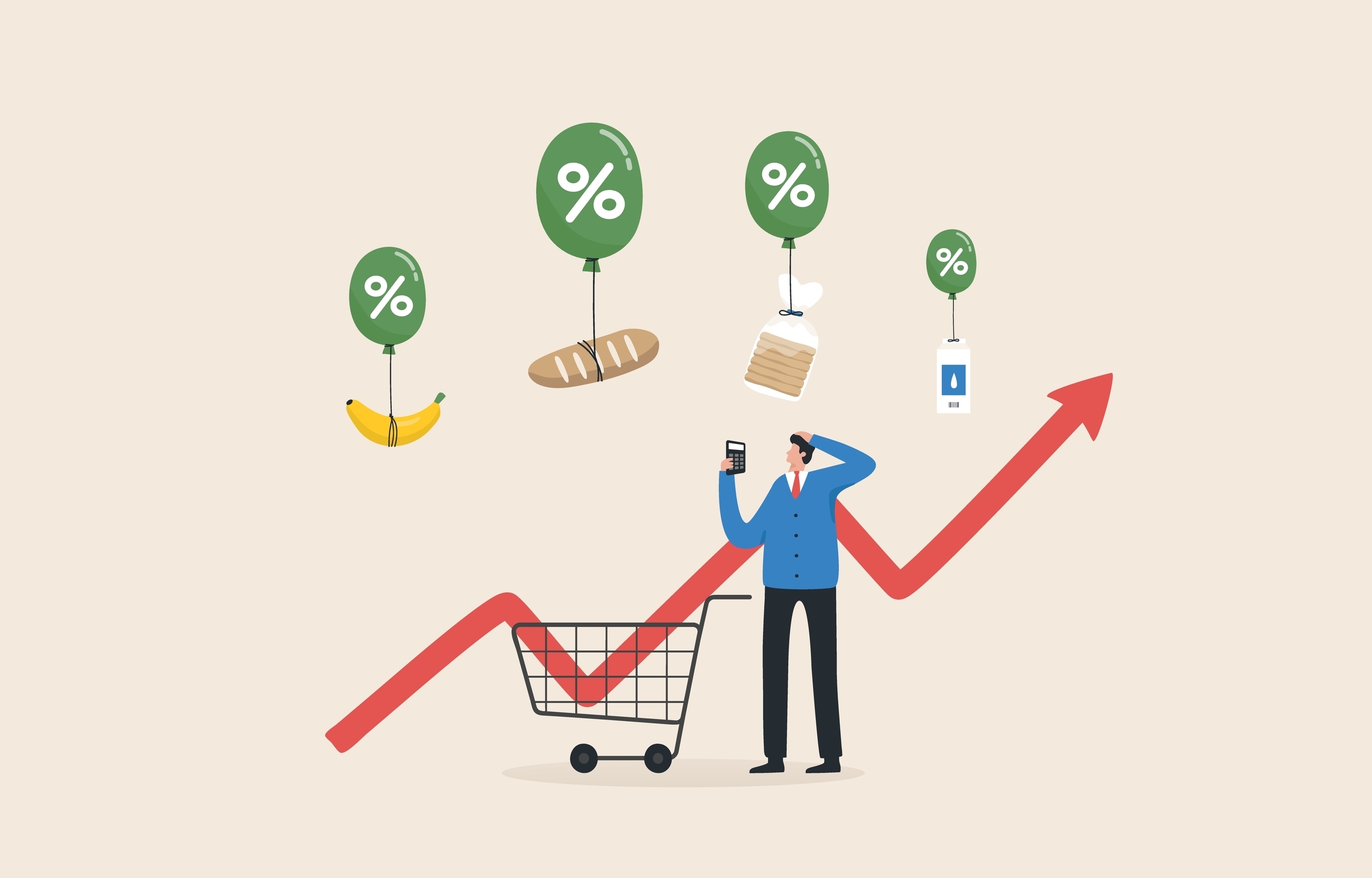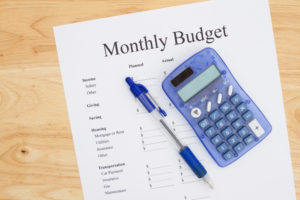If it seems like inflation is on everyone’s mind lately, there's a good reason for that: inflation h...
Mar 07, 2023
Why Women Should Have Emergency Savings
Everyone should have emergency savings because everyone faces unexpected and sometimes expensive life events. However, women face unique financial challenges and pressures, making saving for emergencies even more crucial.
A recent survey found that 57% of men have an emergency fund, compared to only 43% of women1. It’s more important than ever for women to build emergency savings.
Women’s Unique Financial Challenges
The gender pay gap has, according to the Pew Research Center, hardly changed in two decades.2 In 2022, women earned 82% of what men earned, and the gap is even wider for Latina women, Black women, and women from other marginalized groups.3
Women also take on more caregiving responsibilities than men, including raising children and caring for aging parents, which affects their financial well-being. One study found that leaving the workforce for caregiving can cost women nearly $150,000 in wages!4
On top of earning less than men, women also have a longer life expectancy—meaning they need their money to last longer, despite making less of it throughout their careers.5 That gap means many women’s financial situations worsen with age.
Why Do Emergency Savings Matter?
Emergency savings are essential: the money provides a safety net for unexpected expenses and helps you avoid high-interest debt in the face of those expenses.
A sudden emergency—like car trouble, a layoff, or medical bills—can be costly. Having money set aside for emergencies creates a safety net: you already have money available if you need it.
Many people who don’t have an emergency fund take on high-interest debt like credit cards or loans when emergencies arise. Debt worsens an already difficult financial situation, requiring you to pay even more than the original cost of the crisis. Building emergency savings means you can avoid taking on debt.
How Much Should You Save for an Emergency Fund?
Aim to save three to six months of your essential living expenses—consider the basics: rent or mortgage payments, utilities, groceries, and childcare. Review your past few months of spending on those line items to determine your target number.
If you’re a primary earner or a caregiver or have variable earnings, you may want to pad that figure to account for additional expenses.
How to Create an Emergency Fund
Fortunately, creating an emergency fund is easy! Start by setting up automatic transfers from your checking account to a designated savings account. Even small transfers add up over time. Use windfalls like tax refunds or bonuses to jumpstart your savings or get closer to your goal.
Consider using a high-yield savings account (HYSA) for your emergency fund. High-yield savings accounts earn monthly interest, which you can add right into the fund! HYSAs allow you to transfer money out several times each month, which means your money is accessible but separate from your daily spending funds.
An emergency fund is an essential financial tool for every woman. Building an emergency savings fund can help you weather life’s difficulties more easily, avoid debt, and enjoy greater peace of mind.
Prepared by a third-party.
1. Olya, G.. (2023, Feb. 3). "57% of Women Don’t Have an Emergency Fund — Here’s Why That’s a Huge Issue." https://www.yahoo.com/now/41-women-don-t-emergency-120010914.html?guccounter=2&guce_referrer=aHR0cHM6Ly93d3cuZ29vZ2xlLmNvbS8&guce_referrer_sig=AQAAADq9jfLofI4kyvCEAiHQbgcM8GZcNJk29pCiDM6a_vecXEd_cdn9iSFBxMpSYe6HPK-FJtJxUWjJ2SCzDG25jSooCaG-7vJ0MSQ7TjCvAw98ai9lEPYUR-12jHoISoNl_hqiGfv0L-Gsv9wqqPjgI1LWlGgrCrIM6q5DLRvn3P8Z
2. Aragao, C. (2023, Mar. 1). "Gender pay gap in U.S. hasn’t changed much in two decades." https://www.pewresearch.org/fact-tank/2023/03/01/gender-pay-gap-facts/#:~:text=The%20gender%20gap%20in%20pay,%2D%20and%20part%2Dtime%20workers
3. U.S. Government Accountability Office. (2022, Dec. 15). "Women in the Workforce:The Gender Pay Gap Is Greater for Certain Racial and Ethnic Groups and Varies by Education Level." https://www.gao.gov/products/gao-23-106041#:~:text=Overall%2C%20women%20earned%20about%20%24.,every%20dollar%20White%20men%20earned
4. Royce, A. and Matsui, A. (2023, Jan. 6). "Unsupported: Underinvestment in the Care Economy Drives Gender and Racial Wealth Gaps." https://www.americanbar.org/groups/crsj/publications/human_rights_magazine_home/wealth-disparities-in-civil-rights/unsupported/#:~:text=One%20study%20showed%20women%20who,love%2C%20but%20it%20is%20work
5. CDC. (2022, August 31). "Life Expectancy in the U.S. Dropped for the Second Year in a Row in 2021." https://www.cdc.gov/nchs/pressroom/nchs_press_releases/2022/20220831.htm
You may also like
Jun 29, 2020
While visiting an amusement park this summer may not be possible for everyone, the stock market has ...
Feb 4, 2019
Everyone would like more money in the bank at the end of the month. The good news is that it’s never...









